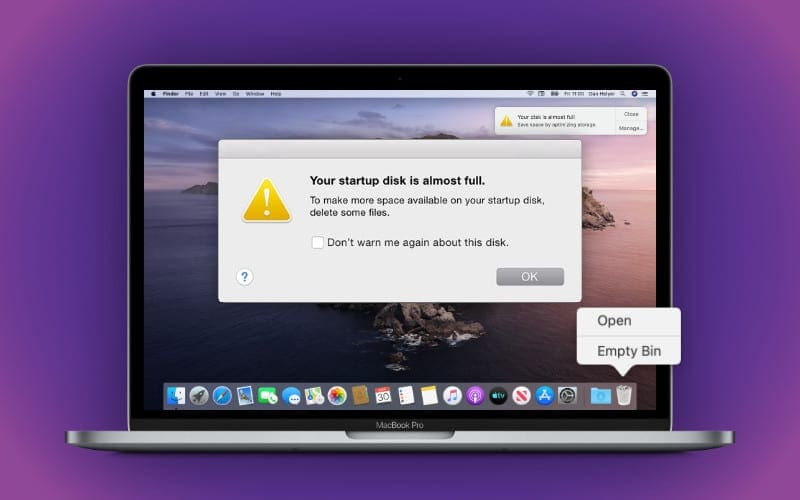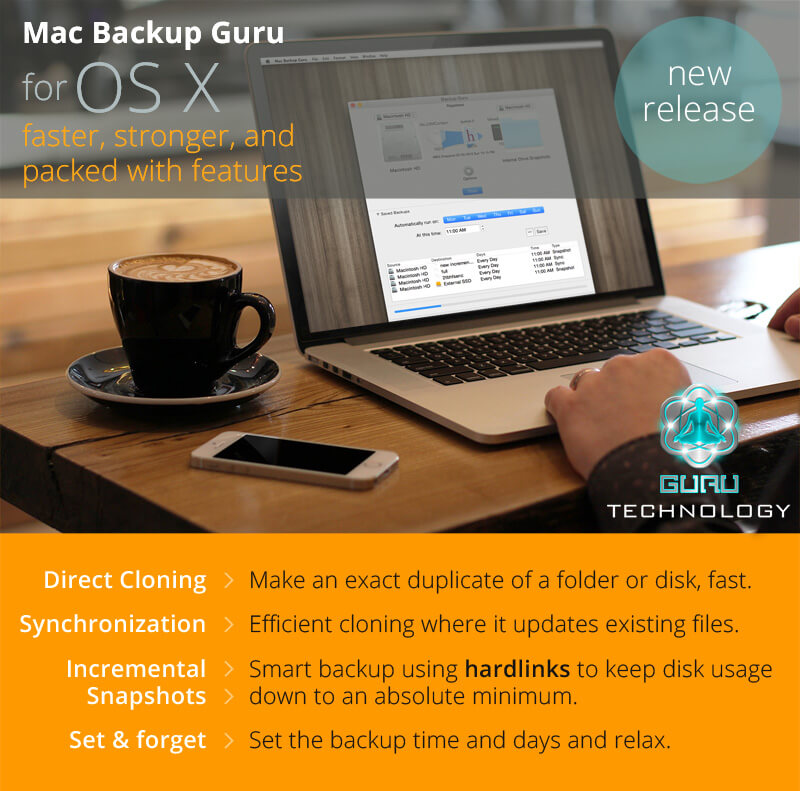

- Utility for making a large folder on mac movie#
- Utility for making a large folder on mac archive#
- Utility for making a large folder on mac zip#
- Utility for making a large folder on mac free#
Accidental deletion: While performing other tasks we unintentionally select important files and hit Delete keys. What Are The Possible Reasons For Losing Files? Before heading to recovering a large deleted file, let us know how one loses a file. This is Because when you Permanently delete a file, the pointers of the file location will be marked as ready to be rewritten. If the large deleted file gets bypassed from the Recycle Bin then the file gets permanently deleted.ĭon't Worry you can still recover permanently deleted files/folder. Such as This folder is too big for Recycle Bin or File too big for the Recycle Bin. 
Sometimes, your system might show you a pop-up message about it.

If the deleted files exceed the Recycle Bin's maximum size limit of 8998MB, they will be bypassed from the Recycle Bin. However, this method does not always work for everyone. Unless you empty the Recycle Bin, the deleted files should be recoverable from it. When you accidentally delete a file on a computer by right-clicking the delete option or pressing the Delete key, it goes to the Recycle Bin or Trash depending on your operating system. Please suggest me any reliable data recovery tool that can recover large deleted files and folders. Unfortunately, there's no Recycle Bin kind of option to just restore it back.
Utility for making a large folder on mac free#
While deleting unwanted stuff to increase free space of my drive, I accidentally deleted a folder containing important files related to my work. I am using a 1 TB hard disk to store my vital files which are arranged systematically as folder wise for easy access.
Utility for making a large folder on mac archive#
Fix RAR archive errors and damage to extract all of its contents safely. Utility for making a large folder on mac zip#
Repair broken Zip and ZipX and extract all its files and folders intact. To fix corrupt or damaged Adobe Photoshop PSD & PDD files while retaining all its layers. Fix corrupt or unplayable MOV, AVI, MP4, or other video file on Windows and Mac. Fix Microsoft PowerPoint files (PPT, PPS and PPTX) that are not working or are damaged. docx files to regain all its content and formatting Convert corrupt or orphaned OST into a working Outlook PST file, along with all of its content. Securely fix Outlook data file (PST) recover deleted emails, attributes and other items. Utility for making a large folder on mac movie#
Safely restore video and movie files of any format to its original condition, that are lost or deleted from your camera, SD card or hard drive. Expert in recovering deleted or lost pictures, RAW images and other media files. Undelete any files, folders and documents that are lost, accidentally erased, emptied from Recycle Bin or Trash using Remo Recover tool. Retrieve files from camera memory card, USB, flash drive and all other storage devices. Recovery of data from Deleted/Lost, Formatted, Damaged or RAW partitions and volumes. Secure data recovery from hard drive, external HDD, SSD or any other storage media. The way the Finder does it one way for files in the root folder, but differently for subfolders is supremely unintuitive, imo, with serious risk of accidental data loss. An "rsync -auvEH" (or "rsync -auvAXH" if you're using the non-macified version) command probably comes the closest to mimicking the Finder's behavior, but it might still miss a few obscure things like HFS compression and quarantine info that the ditto command preserves, according to its man page. When I tested it, newer versions of files in the destination folder are, in fact, overwritten by older versions in the source folder. 
The resulting files, links, and devices will have the same mode, access time, modification time, owner, and group as the source items from which they are copied. Actually, the man page does describe how ditto merges, and it contradicts the article:ĭitto overwrites existing files, symbolic links, and devices in the destination when these are copied from a source.








 0 kommentar(er)
0 kommentar(er)
